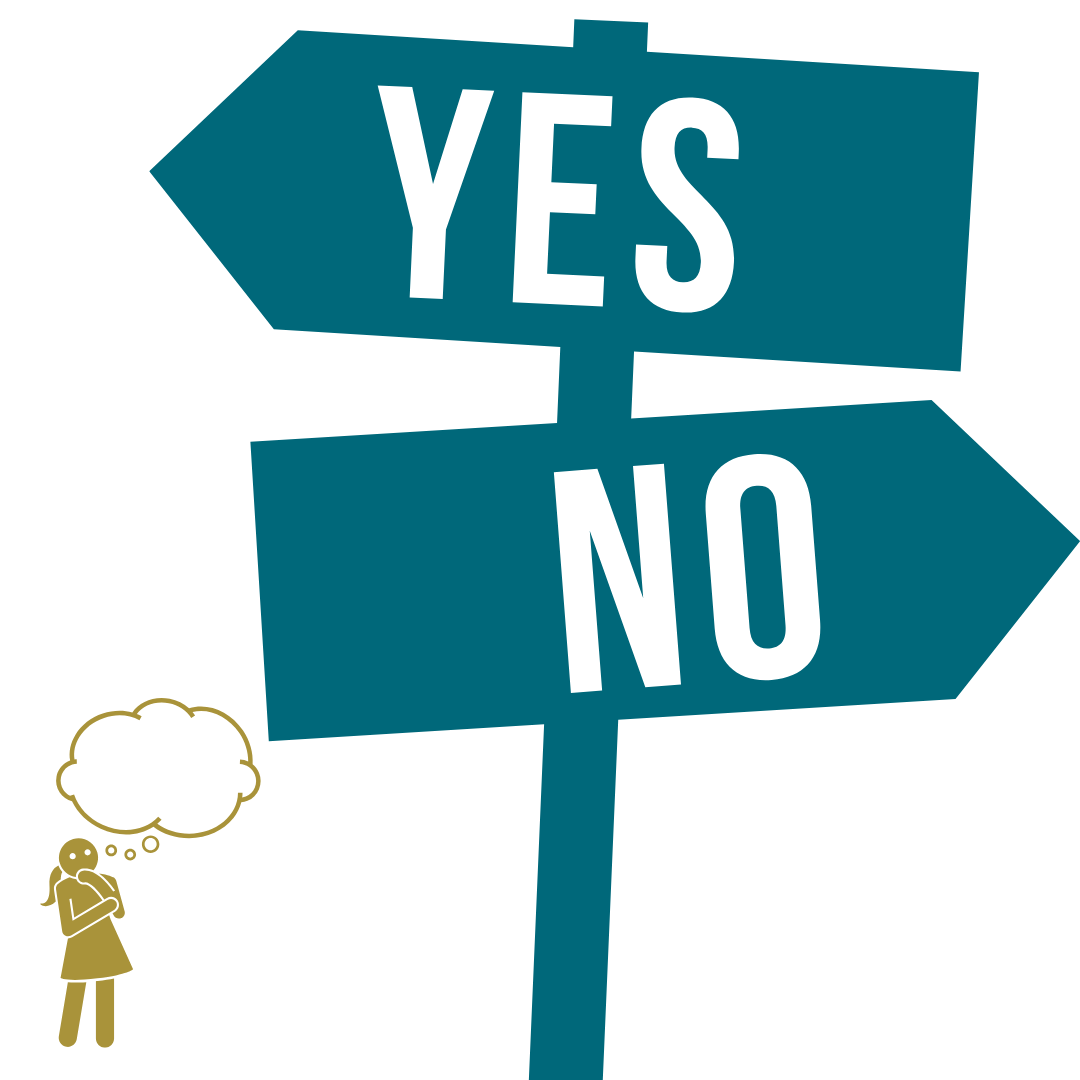HONOURING YOUR CAPACITY WITHOUT GUILT.

You’re pulled from all sides by the demands of life, endlessly juggling multiple responsibilities, those that are rightfully yours and others you effortlessly pick up along the way. I see overextension, overwhelm, overworking and/ or overreach.
How did I get here? I hear you asking yourself.
It is probably that indiscriminate yes to every request. An unfounded Fear of Missing Out (FOMO), self-sabotage that puts off what really matters for what matters to others or a pleaser mentality.
It is easy to feel like you are supposed to say yes to everything. Yes to one more meeting, one quick favour, a new “much needed” project or helping an overwhelmed colleague; even when you are barely balancing things yourself.
I’m here to submit that there is a braver, more sustainable way founded on care, collaboration and clarity. It all starts with the quick “No” and slow “Yes”.
Hmmm, I just heard your heart skip a beat. This notion has either put you off in the first instance, believing this to be self-indulgent or it has lit up your world at the prospect of being selfless by prioritising yourself.
As a black introverted woman with a pleaser love style, who is still doing the work of finding my No, I have come to realise that the constant yes becomes a quiet form of self-deprecation. Especially when the pressure to keep up with the popular majority is a present and dominant reality.
What is the slow Yes and quick No?
However, what if, in a culture that equates availability and urgency with progress, we got to redefine importance? Whereby the quick no and slow yes could become an act of liberation. Where refusals are normalised, our time energy and attention are considered sacred and the care for self translates into promotion of the collective.
What would that enable for many other like me?
My inspiration for this notion is Greg McKeown, in his book Essentialism. He breaks it down as:
- Saying “no” quickly and confidently to anything that doesn’t align with your core purpose.
- Say “yes” slowly and intentionally, after discernment and clarity.
Obviously, the prerequisite to all this is space for exploration, clarity on your Why and agency to make the best decision possible.
Why Should It Matter?
Saying yes to everything may be due to obligation as opposed to purpose.
The unspoken expectation to always be available and “show up” even while depleted mirrors the dominant culture of overwork, urgency and saviourism. However, wholeness cannot thrive in this setting, neither can genuine care and collaboration.
A lifestyle of the slow yes and quick no matters because:
- It protects our energy, giving us the heart and head space to serve and lead with integrity.
- Burnout and resentment are kept in check.
- Others can learn from the boundaries they witness, and the ripple effect should eventually cause a systemic shift away from extractive practices.
How to Practice the Quick No and the Slow Yes
This list is by no means exhaustive but here a few ways to realise this as a lifestyle:
Before saying yes to anything, ask:
- Is this in line with what matters most right now?
- Is this mine to hold — or am I taking this on out of guilt or habit?
Let your values guide you and your purpose protect you.
Saying no doesn’t have to be cold or harsh. It can be clear, kind and firm.
You could say:
- “I appreciate your invitation, but I do not have the capacity to give this the care it deserves.”
- “Although this is not in line with my current focus, I’m rooting for your success.”
- “I’m saying no to honor my energy and commitments.”
Keep in mind that No is a complete sentence, an act of care to both parties.
Not all acceptances are the same. Some come from clarity. Others come from fear of letting people down.
Slow your yes down:
- Take 24 hours before responding.
- Check in with your body: Does this feel energising or heavy?
- Ask yourself: What will I have to turn down to say yes to this?
Make a short list of what an enriching yes looks like for you. For example:
- It aligns with my long-term vision.
- It honours my current capacity.
- It contributes to a collective purpose.
- It brings joy or deep meaning.
If a request doesn’t meet your pre-set criteria (or most of it), firmly let it pass. This might feel onerous in the beginning, but the checklist eventually becomes second nature and the selection process more automatic.
Releasing the Guilt
It is bound to feel awkward, and guilt is natural when breaking old patterns of over giving. However, this does not mean you have done something wrong. It is often an indicator that you are doing something new.
But remember, you are allowed to prioritise your wellness. You are allowed to rest. You are allowed to protect your gifts for the work that truly matters.
Your “no” is not rejection — it’s redirection.
In conclusion:
The slow yes and the quick no are more than time management tools.
They are boundary practices.
They are strategies of care.
They are acts of resistance in a world that demands your exhaustion.
As you lead, build and/ or create change, may you remember:
You are not here to do it all.
You are here to do what matters most; with care, clarity, and community.
Let your no be sacred.
Let your yes be slow.
Let your capacity be honoured — without guilt.
